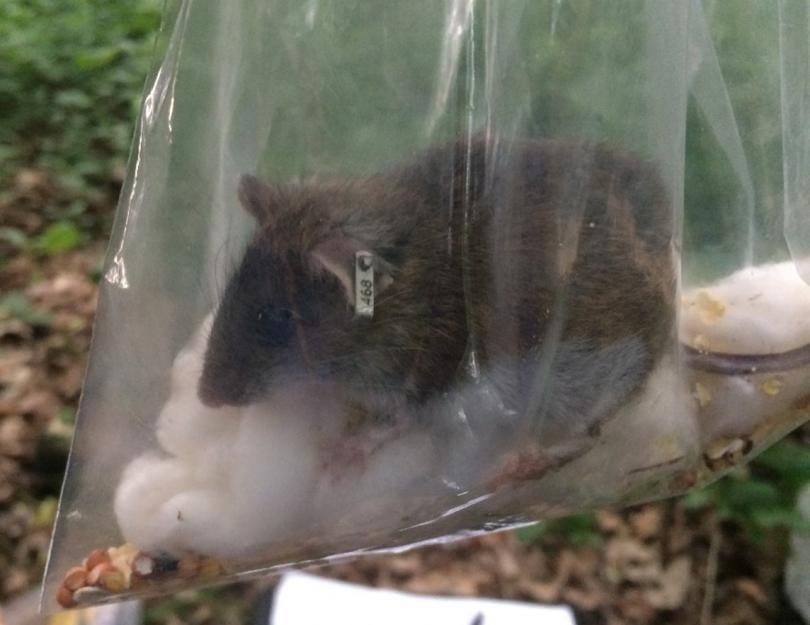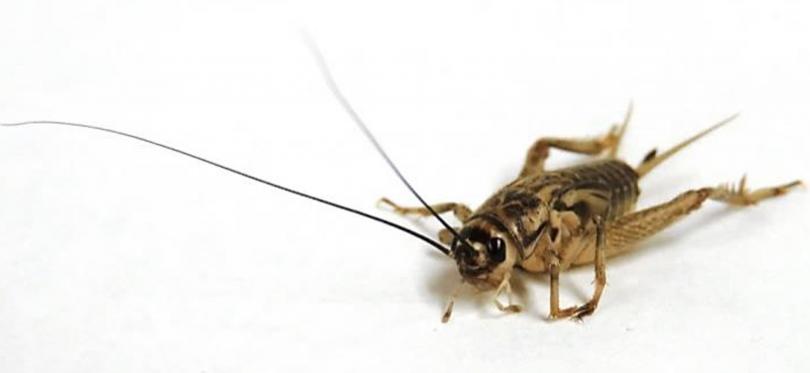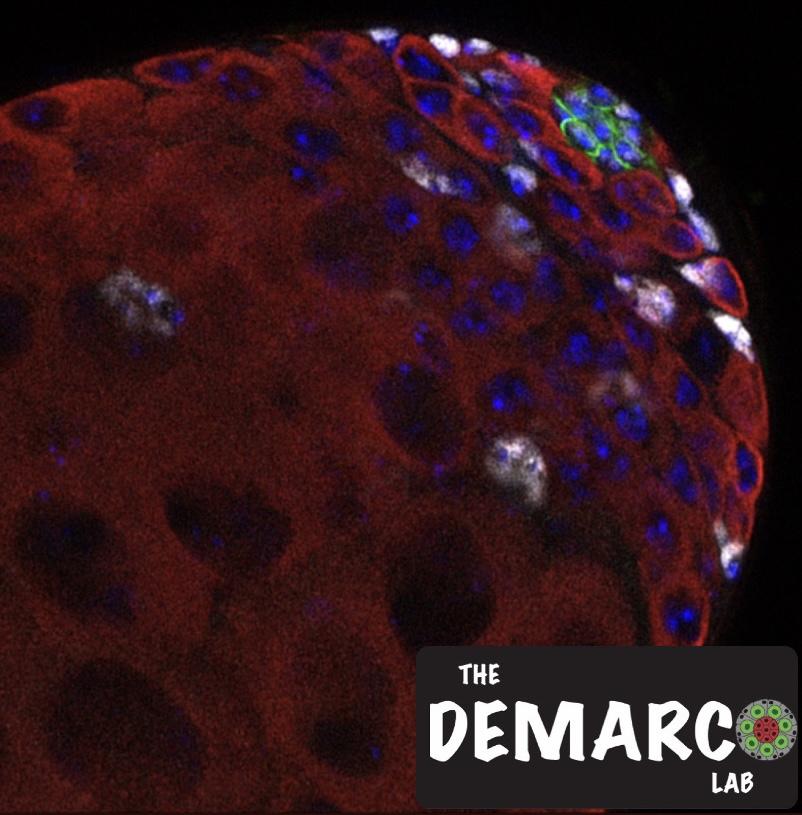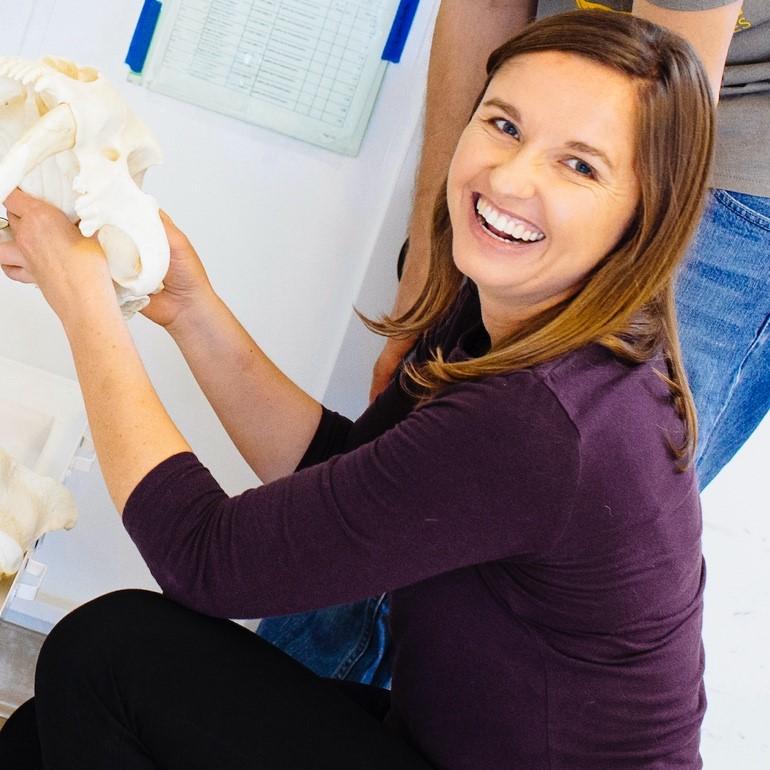"The Promise and Practice of Inclusive Education"
 Dr. Bryan Dewsbury | Dewsbury Lab
Dr. Bryan Dewsbury | Dewsbury Lab
Bio:
Bryan Dewsbury is an Associate Professor of Biology at Florida International University where he also is an Associate Director of the STEM Transformation Institute. He received is Bachelors degree in Biology from Morehouse College in Atlanta, GA, and his Masters and PhD in Biology from Florida International University in Miami, FL. He is the Principal Investigator of the Science Education And Society (SEAS) program, where his team conducts research on the social context of education. He is a Fellow of the John N. Gardner Institute and a Director at RIOS (Racially-Just Inclusive Open Science) institute. He conducts faculty development and support for institutions interested in transforming their educational practices pertaining to creating inclusive environments and, in this regard, has worked with over 100 institutions across North America, United Kingdom and West Africa. He is a co-author of the book 'Norton's Guide to Equity-Minded Teaching', available for free as an E-book. He is the founder of the National Science Foundation (NSF) funded Deep Teaching Residency, a national workshop aimed at supporting faculty in transforming their classroom to more meaningfully incorporate inclusive practices. He is the creator of the MOOC called 'Inclusive Teaching' sponsored by HHMI Biointeractive which will be released on August 15th. Bryan is originally from the Republic of Trinidad and Tobago and proudly still calls the twin island republic home.
Abstract:
Education holds the promise of preparing students to be engaged, thriving participants in a socially just democracy. For that ideal to occur, the structure and experience of the classroom must reflect both its constituents and consider the socially just imaginaries in which we would all like to inhabit. Using examples from the civil rights era's interrogation of our society, we will explore how an introductory biology course can help fulfill higher
education's civic mission.
Check out his book here!
Check out his HHMI/Inclusive Teaching trailer here!
Watch the seminar here!


 Ned Dochtermann
Ned Dochtermann





 Dr. Maria Barna
Dr. Maria Barna
